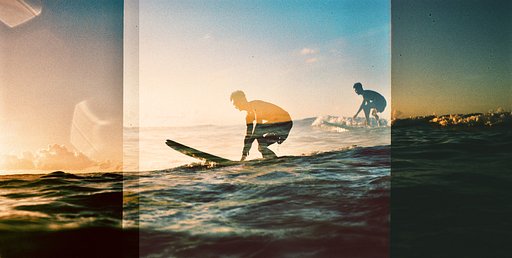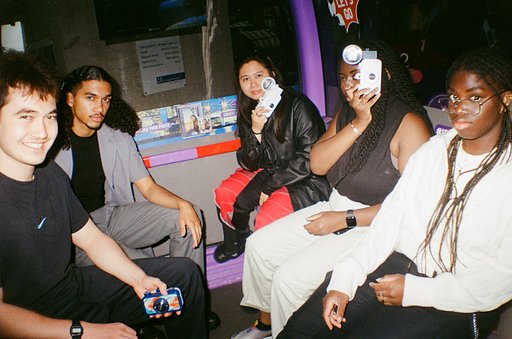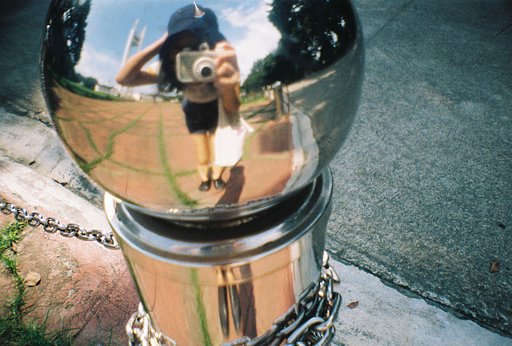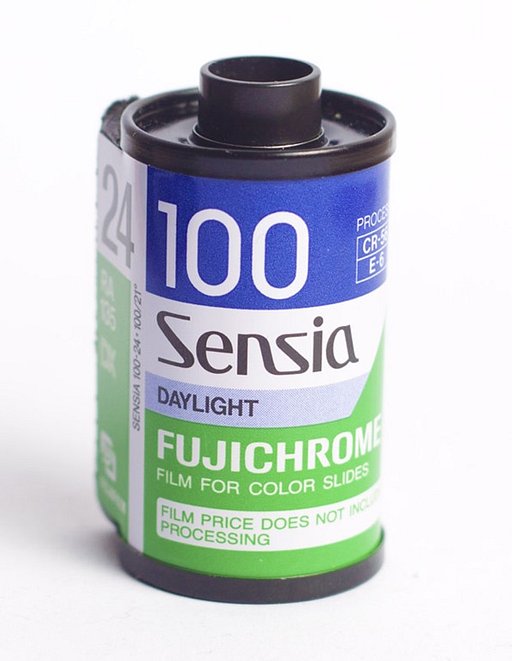Basics Applied: The Diana F+
8 32 Share TweetFrom Back to Basics where we looked at the science behind photography, here we apply it to specific cameras. This month, why getting the right film for your Diana F+ can make the big difference between good and bad results.

In my new series, I will be looking at Lomography cameras and showing you how you can apply the theory from my first series Back to Basics You don’t have to read Back to Basics, think of this series like Cliff’s Notes for your camera. It can help you choose to buy a particular camera, or help you out of a hole with the one you have. I will always include links to find out more for those keen. Those familiar with Back to Basics – you’ll know most of this already, but it may help jog your memory. Those with plenty of experience, why not add more tips in the comments?

“My shots are always underexposed”, “Nothing came out”, “All my shots are really bright” – the Diana is a camera many find troublesome or confusing to use, especially if you started with a Digital Camera or an LC-A. It needn’t be, we just need some basic Photography Knowledge to get the best out of it.
What causes the most confusion with the Diana is exposure time. Having got used to modern cameras ability to adjust aperture and shutter speed (even the LCA does that!) people load any old film into the camera and expect a shot. I did this the first time I used mine!
You need to know about film speed with the Diana. You cannot alter it’s 1/60 (sixtieth of a second) shutter speed, and you have very minimal control over aperture (the amount of light let through the lens), so you must choose a film appropriate for the type of light you are taking photos under.

The Diana does not have a bright lens. This means it doesn’t let a lot of light through. Because of this, you need to choose a faster film than you might think. I almost never use anything other than an ISO 400 film in my Diana.
A slower film has a low number, fast films have higher numbers, for example, 100 is slower than 400, 800 is faster. A slow film is called this because it fills up with light for the perfect exposure slower than a faster film. This makes it great for bright light, beaches, snow, but not so good on a cloudy day or indoors. Here you need a fast film.
A slow film has less grain, to a regular photographer, this is desirable, but with all the cool chromatic aberration (check it out on google) and flares you get with a Diana, as a newbie or even an advanced Lomographer, does a bit of grain matter? Indoors, you will want to use flash, using a faster film than 400 ISO could give you a longer range, but closer you’ll get overexposure!
And don’t forget, make sure you change your apertures also, if it is sunny, switch to sunny, cloudy, cloudy etc.
I’m not saying you shouldn’t try other speed films, you should, but only once you have got used to the camera or you’ll continue to make frustrating mistakes.
Lomography sells an excellent 800-speed color negative. I think it is their best. If you are going to shoot on a darker day, then you’d need it. You have to think. “If ISO 400 is my standard for a Diana, but it’s darker than I’m comfortable shooting cloudy, then I need a faster film. I need ISO 800.” But then you need to rethink what the symbols mean. Sunny is no longer sunny, it now represents cloudy…
Furthermore, color negative and black and wide has a wider margin of error. If you under or overexpose you can always drag something out of the negative when it’s developed. Slide Film, not so. If you want a slide you need to be exact. It’s a challenge, so don’t race into it if you think you’ll be disappointed. The same can be said of redscale. Practice first with color negative or black and white.
In my last Back to Basics, I discussed long exposures, you have a B setting for BULB (this gibberish means you can open the shutter as long as you like). With the camera set in B, you can do two very cool things. Load a slow film (I know, I said don’t – this is for the well practiced), and using a light meter (there are some great apps out there that’ll allow you to use your phone), take a photo for long enough to have everything that moves in the shot blurry.
Or you can use the camera’s Pinhole feature. This is a wonderful experience when you get it right, it makes the water look unreal and almost everything in the shot is in focus. Pinhole photography harks back to the very beginning of the science – it takes practice and patience but it’s very worth it.
Today, we’ve discussed the Manual included with the Diana and demystified its content. Read it again and it should become clear. For further reading you can gain a lot from my first B2B article Back To Basics: Film 101, Back to Basics: Film Speed, and even more from Back to Basics: Stop It Up, Stop It Down. These posts discuss the relationship between light, film and your camera.
This article was written by Community member adam_g2000.
written by adam_g2000 on 2012-12-10 #gear #tutorials #film #pinhole #black-and-white #colour-negative #camera #aperture #film-speed #tipster #basics-applied-series




























8 Comments